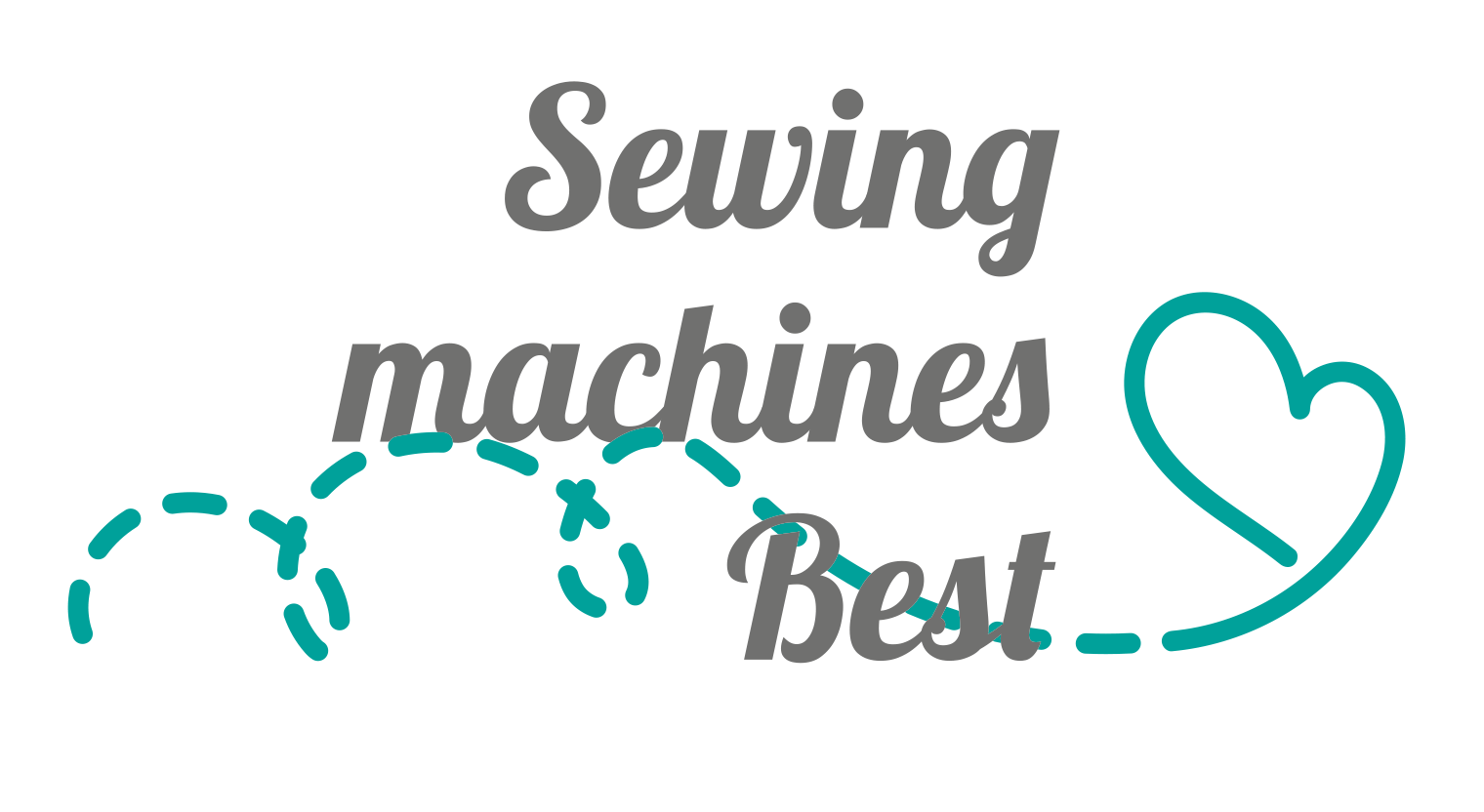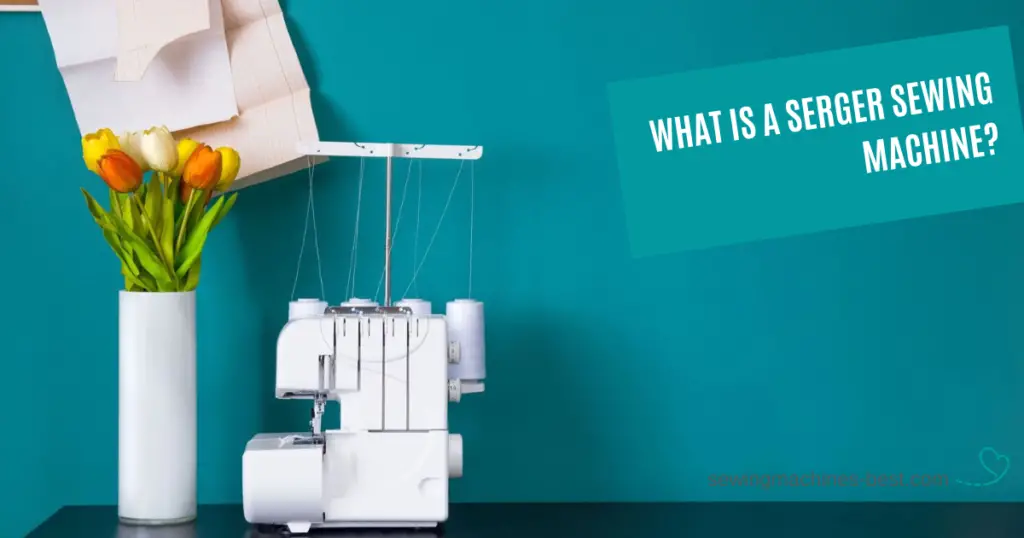
Many of you are familiar with a wide variety of sewing machine types. Then you have certainly heard about serger sewing machines. But many sewers ask two questions: “What makes sergers different from regular sewing machines?” And: “Are they worth the money they cost?” Well, this article will give you the answers to both questions.
Contents
What is a serger sewing machine?
At first, there are two names for the same machine. Serger sewing machines or just sergers are mainly used by American companies. In Europe, the serger is called an overlocker. But what is a serger?
In any case, a serger first looks different from a normal sewing machine and also has different functions. A serger is made especially for sewing seams, while also trimming the seam allowance and enclosing the raw edge to prevent it from unraveling. This stitching technique is well-known as an overlock stitch. The overlock stitch’s biggest advantage is the professional look it gives to the fabric.
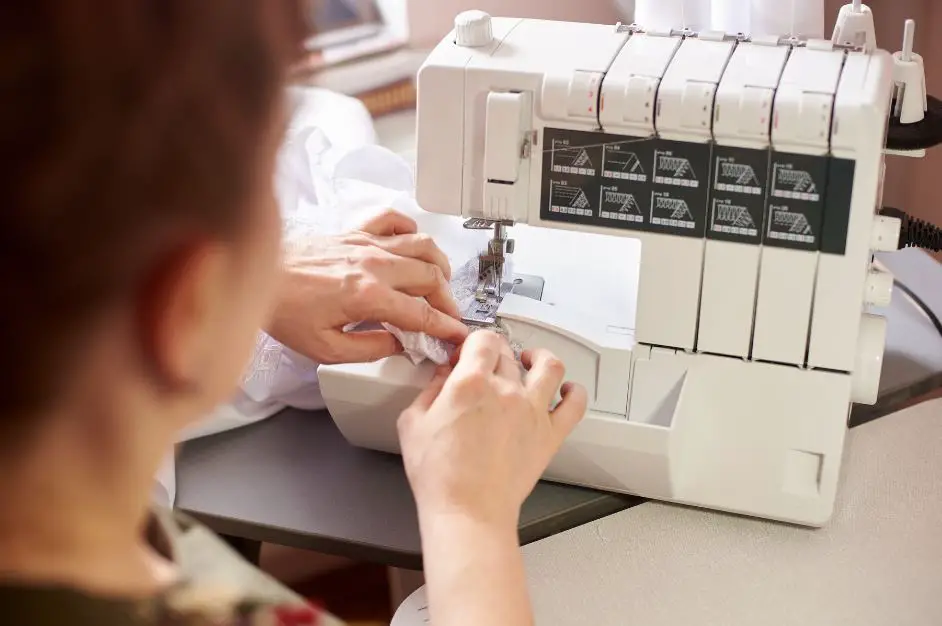
Speaking of the main serger functions, I must note that it is very user-friendly. Many newbies can be scared of seeing multiple threads and knives. However, most fears go away after sewers learn the basics of working on serger machines. These machines are fast and the result looks great. I just enjoy using my serger!
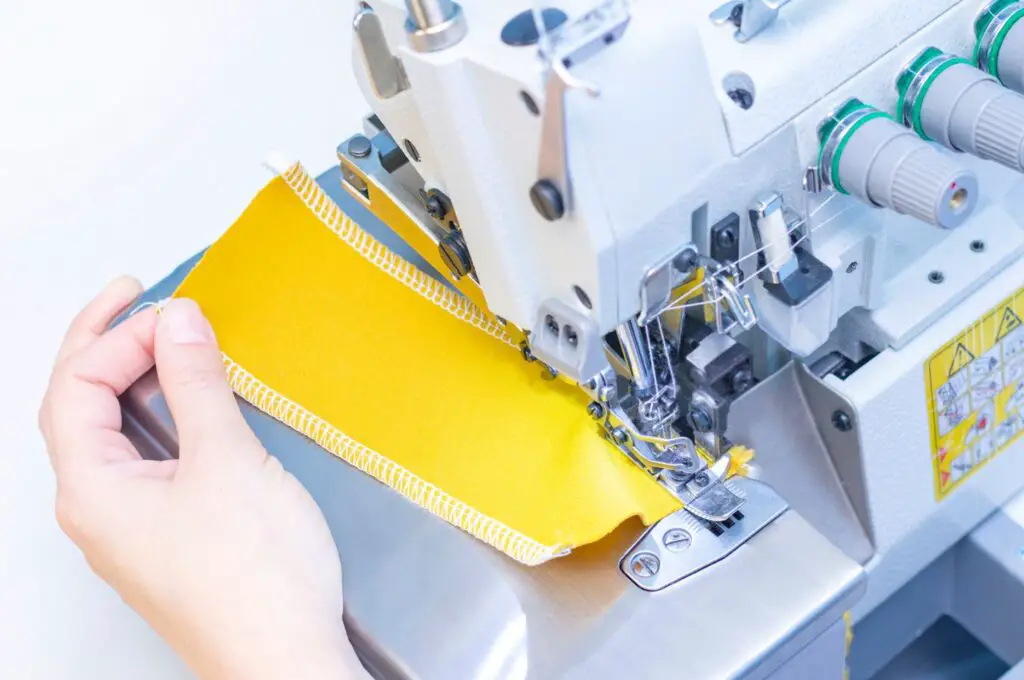
The main advantages of a serger are its multitasking, speed, the professional result of the sewing pieces, and it works great with stretch fabrics.
But when you use the overlock you should also be careful, because quickly you can cut off too much fabric. The seams look professional but the unraveling of such a three-thread or four-thread seam is not so simple.
What are the main features of the serger?
Most sergers can sew with two threads, three, or four threads. Two-thread serging is ideal for decorative seams and economical overcasting. Serging with three threads is for neatening and hemming fabrics and sewing with four threads sews the fabric together, neatening it. The excess fabric is cut off in the process. How many threads do you need for which tasks are written in the manuals of the machines.
Here is a list of the features of a serger:
Sewing seams
It is a big advantage for you to have an opportunity to sew the seam, especially since a serger is great for stretch fabric. If you use a serger the seam stays elastic. This seam type is best known as mentioned above a four-thread stitch. Every serger model is able to perform a four-thread stitch, so there’s no need to check specific models with said feature.
Overcasting edges
The edge of one layer of fabric is ideal for the three-thread overcast stitch. The edge is automatically hemmed or overcast and the excess fabric is cut off.
Making flatlock seams
Flatlock seams are decorative seams that lay flat without any seam allowance. To make a flat connection, the sewn edges are pulled apart and laid flat inside the stitch. It can make your items more colorful if you use different colors for threads.
Perfectly-rolled hems
One of the serger sewing machines uses is making tiny rolled hems. It is used for creating items like wedding veils or scarves. With a proper serger model, it shouldn’t be difficult to create them.
Stretchy fabric
For dealing with such material, sergers use differential speed. You can simply adjust the speed ratio of the feed dogs (front and back), so it must be easy for you to deal with stretchy (or stretch puckering) fabric.
Gathering
Gathering is a rather rare use for sergers. Unlike domestic machines (that gather by sewing two lines of long straight stitches), sergers use four cones for sewing the gathering lines. Gathering is best performed by four-thread machines and you need a special gathering foot. The feature that lets sergers gather is the differential feed. Keep in mind: you should try it on a scrap beforehand. And, if things go wrong, you can unpick the seam or cut the botched edge off.
How to choose a serger?
Buying a sewing machine is not simple and cheap. Buying a more-or-less specialized sewing machine is an even more responsible step. So you will definitely need some tips.
- If you have a possibility to try out the serger, do it. You should know whether it has working issues.
- Don’t be afraid of multiple spools of thread. Sergers use looper threads to lock in the needle thread. Buying a self-threading serger is a good option (if your budget allows it).
- Check whether the serging machine you decided to buy is color-coded and has a thread guide. A thread guide should save a lot of time for you.
- Most serger sewing machines have three of four threads. Three-thread sergers are usually more compact, there are even some portable models.
- Look whether the oiling spots are properly indicated.
- Check the history of the brand. Read the reviews of serging machines. Most well-known brands (like Singer, Janome, Juki, etc.) shouldn’t have any issues with warranty and post-sale service
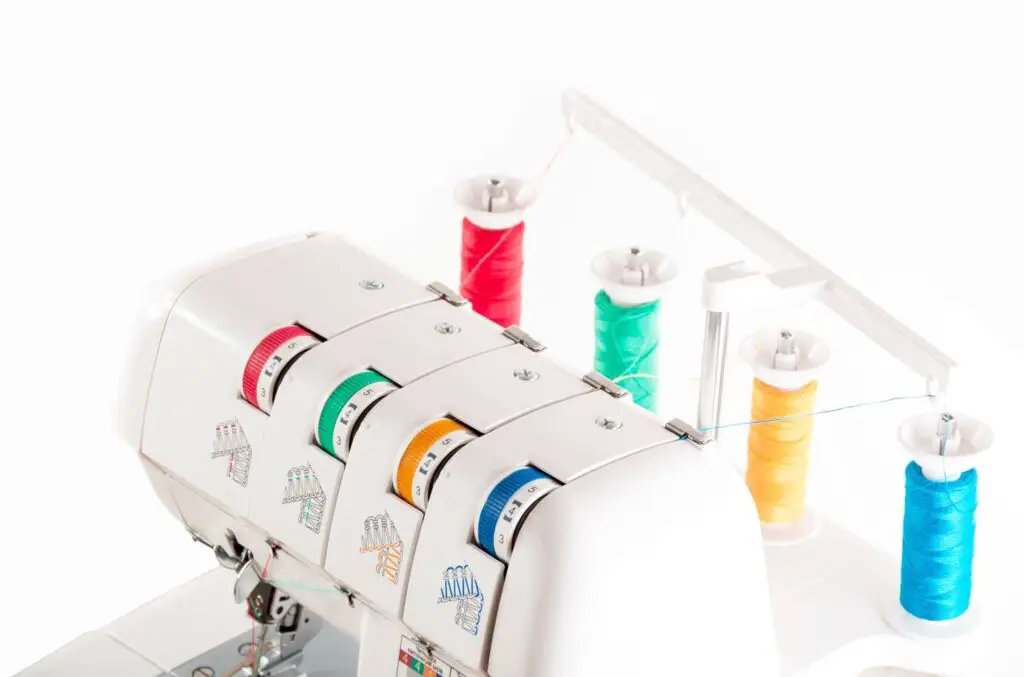
Serger vs Sewing Machine
A comparison between a serger and a regular or domestic sewing machine is both important and interesting. Why? These types of sewing machines have different purposes, different functions, and different prices. And, of course, sewing machinery is a durable good, so mistakes in choosing and buying one can cost much.
I already wrote a post where I made a detailed comparison between a serger and a sewing machine, you can find that post here. But here I want to keep it short.
An overlock is specialized for fabric edges. As mentioned above, this machine performs several activities simultaneously: sewing the seam, trimming the seam allowance, and enclosing the raw edge. Basic sewing machines are best for performing basic stitches like straight or zig-zag, but depending on the machine can also make a lot of decorative stitches.
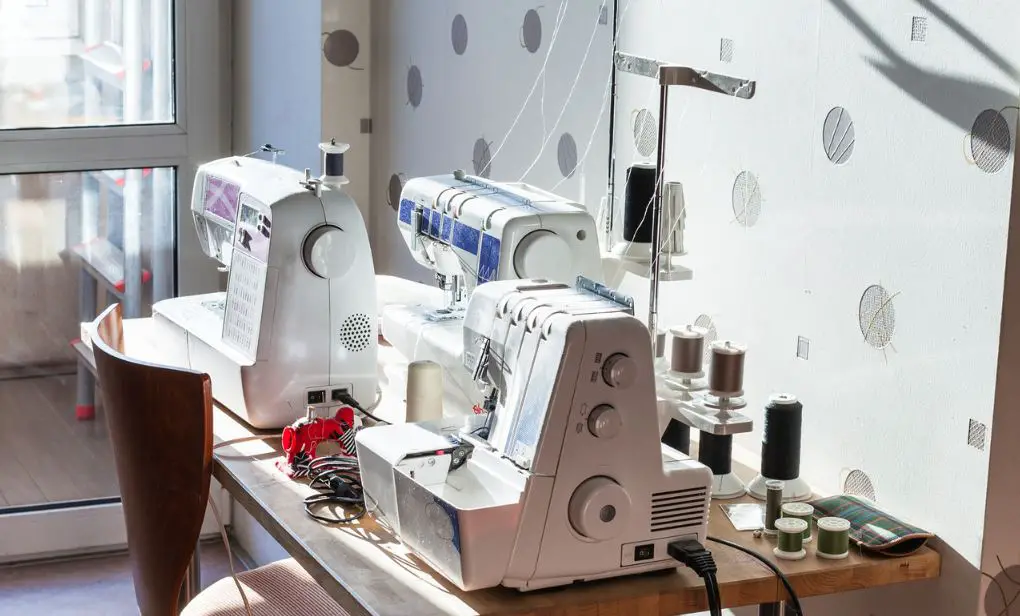
A serger is able to sew fabrics like lycra, and spandex (due to having differential feed). Most sewing machines also can work with such materials. You just need to know which settings, which needles, and which yarn you use best. Of course, an overlock is perfect for stretchy fabrics.
The biggest disadvantage of sergers (in contrast with sewing machines) is their limited ability to work with buttons. They can’t make buttonholes, sew the buttons on, or use special attachments. But, while a sewing machine is able to perform all these operations, a serger is usually limited to one or two functions. And serging machine requires some experience. If you’re new to sewing, you should start with a basic sewing machine. It will help you to learn the basics.
Which tools should I have for working with a serger?
For me, these are the most important tools to work with the overlock machine:
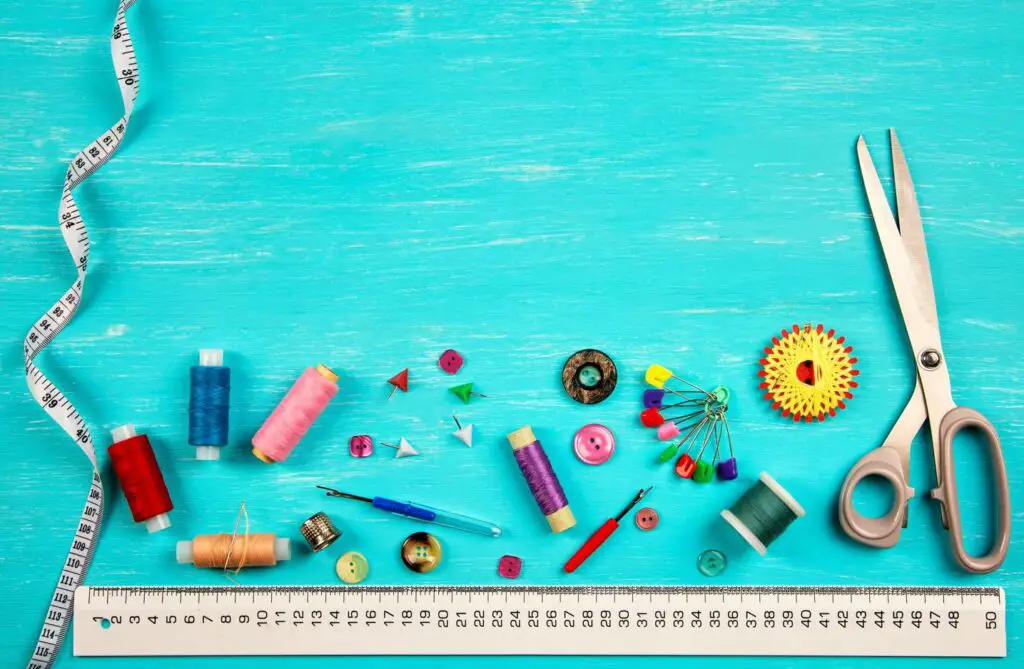
Pin needles
Pin needles are important for pinning two pieces of fabric while sewing so everything will be sewn in the right place, but it can be dangerous if the pin hits the knife of the serger sewing machine. The needle can break off and hurt you or you can break the machine’s knives.
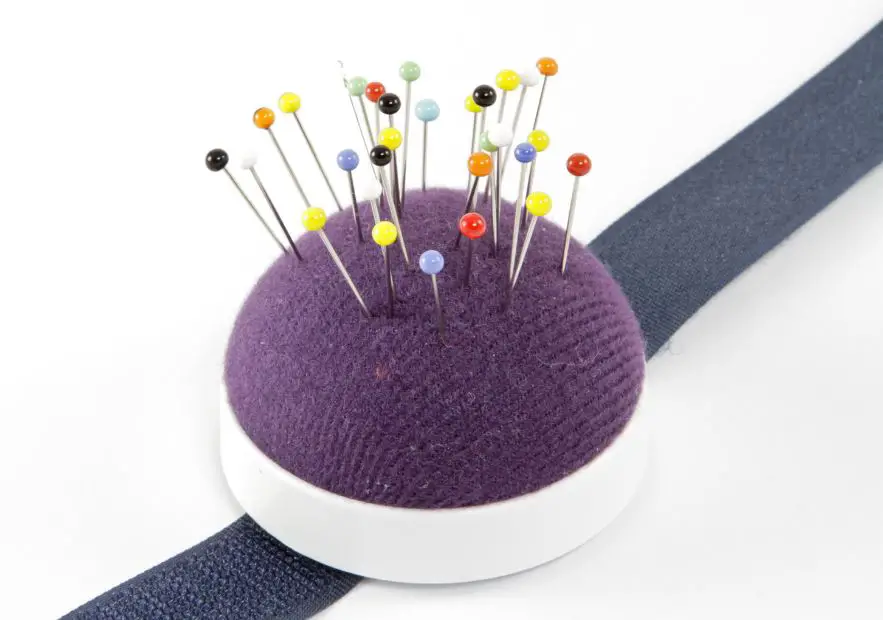
Therefore, either pin the needles lengthwise ca. 1-1.5 inches from the edge of the fabric or use sewing clips and remove them while serging.
Tweezers
Very often the tweezers come with the serger. I like to use these often for threading the machine.
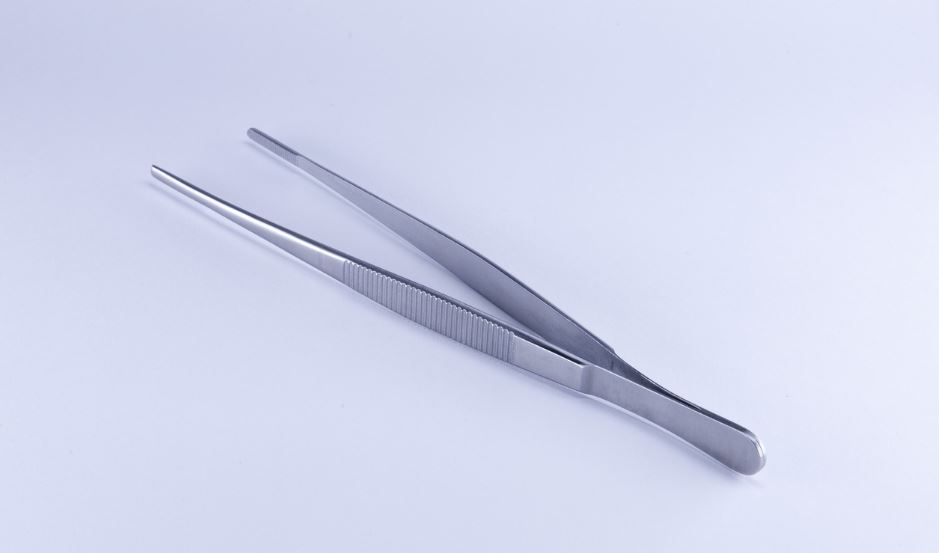
You can better grasp the thread ends and pull them where they need to be by using tweezers.
Seam ripper
To rip a serger seam is not that easy. The best tool for it would be the seam ripper. I’ve provided a video link that demonstrates how to do this quickly.
Marking and measuring tools
Of course, you also need equipment for marking and measuring when you are serging. These can be the same as the ones you use for sewing with your sewing machine.
How else can you use a serger?
I spent a lot of time discussing the serging, overlocking, and creating hems. But there are plenty of ways to use a serger besides it. Let’s take a look at some of them.
General advice for all the operations: try them first on a scrap. It prevents you from botching the final material due to machine-related mistakes.
Different hems
Serger sewing machine allows you to create a wide variety of hems including blind ones. It can be done with a standard three-thread and one-needle overlock stitch. Thankfully, every serger has a special blind hem pressing foot, so you can master creating them quickly.
Sewing curves
Sometimes it is also necessary to sew an inside curve or an outside curve.
Concave curves
Concave curves are inward curves or inner curves. Doing such curves gives the sewer a relatively small space to work, you should compensate it by a slower stitching speed. You need to straighten the material under the presser foot so that the fabric will come straight into the machine. The material will be bunched up slightly on the back, but there’s no need to worry: it’s OK for such curves.
Convex curves
Another type of curve you can make on a serger is a convex curve. Convex curves are outward curves or outer curves. Try to carefully align the fabric’s edge with the serger blade while moving slowly.
Corners
Sewing corners can be made by a serger machine, too. First, you should sew the first straight edge (just like you do it on a regular sewing machine). Stop at the edge of the first corner. Then, sew one or two stitches beyond the corner (so you will be able to turn the fabric). After the turn, lift the foot up and turn the material to the next edge. Then repeat it all.
Attaching zippers
Regular zippers can be attached using a serger, but invisible zippers cannot. I simply catch the cloth in the serger stitches as I go along both sides of the zipper.
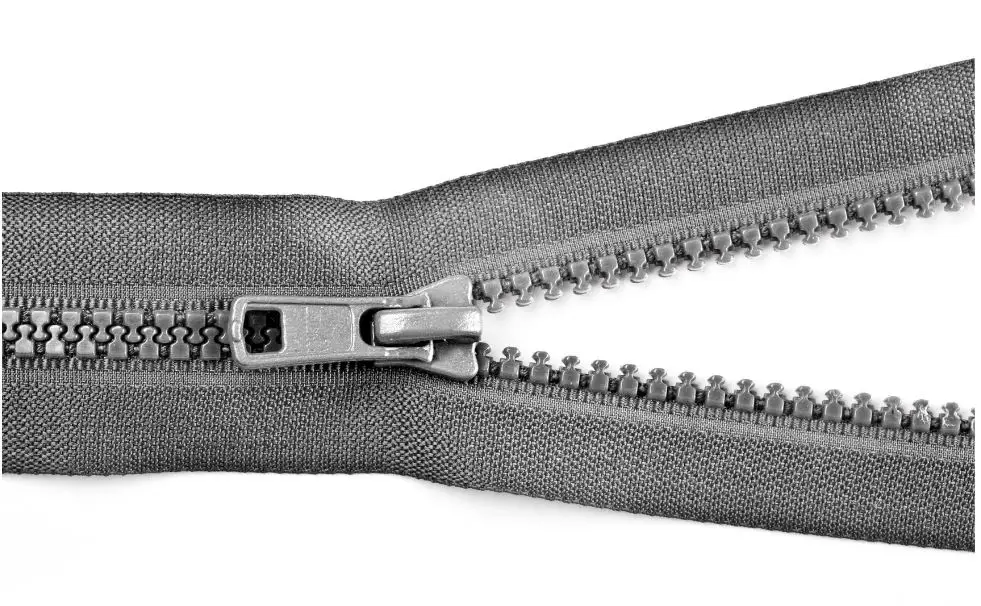
FAQ’s
What is the difference between a sewing machine and a serger?
Most home sewing machines are all-around, they are versatile for many different sewing projects. While the serging machine is not the best choice for creating simple stitches like the straight stitch, it is perfect for stitching a seam, trimming the seam allowance, and overcasting the edge of the fabric. Also, sergers are able to create rolled hems, blind hems, and various types of corners. Serger machines are especially good for sewing knits.
Can a serger be used as a regular sewing machine?
A serger has functions that differ from a regular sewing machine. It can be good for serging and creating hems, but you can’t use it as an everyday sewing machine. A regular sewing machine is more versatile and can sew the straight stitch, and zig-zag stitch, and a lot of them can also sew buttonholes or attach buttons that a serger cannot.
Is a serger and overlocker the same thing?
A serger sewing machine and an overlocker are essentially the same type of machine, just with different names depending on where you are. In North America, it’s commonly referred to as a “serger,” while in many other parts of the world, especially in Europe and Asia, it’s called an “overlocker.” These machines are great for giving fabric edges a neat and professional finish by trimming and overcasting the edges simultaneously. They’re especially handy when working with stretchy or knit fabrics.
What is the purpose of a serger sewing machine?
A serger sewing machine is like a wizard for sewing. It’s great at making strong and stretchy seams, which is perfect for sewing clothes. Plus, it trims the extra fabric and neatens the edges, so your projects look super polished. It’s like a pro at preventing fraying and can even create decorative edges. So, it’s an awesome tool for all kinds of sewing, from making clothes to sprucing up your home decor.
Conclusion
In this article, I hope I have answered the question: “What is a serger sewing machine?”, and what you can use it for.
I sew a lot of stretchy fabric and clothes for my kid, so with a serger, I could do my sewing projects faster, and of course, they look as if bought in the store. For me, it was the right decision to buy one.
A serger is perfect for giving your seams and hems a professional appearance. It is great for working with stretchy fabrics and knits and a great addition to your domestic sewing machine.
Of course, it is important to choose the right machine from a wide range of machines that are offered, and to do this you need to be well informed. The purchase price also depends on the machine you buy and on the features you want. In my opinion, sergers are definitely worth the money and the cost.
Here I linked a video: “Do you really need a serger?” with additional information.

Hi everyone and welcome to my blog!
My name is Liz, and I started sewing when my son was born. First I repaired the holes in children’s pants, then I dared to do more challenging projects like sewing home decor and children’s clothing. Now it is my hobby where I come to rest, let my creativity run wild, and create things that please me and enhance my home.
I would love to help other sewing beginners and enthusiasts through my blog by sharing tips and tricks for this great hobby.
